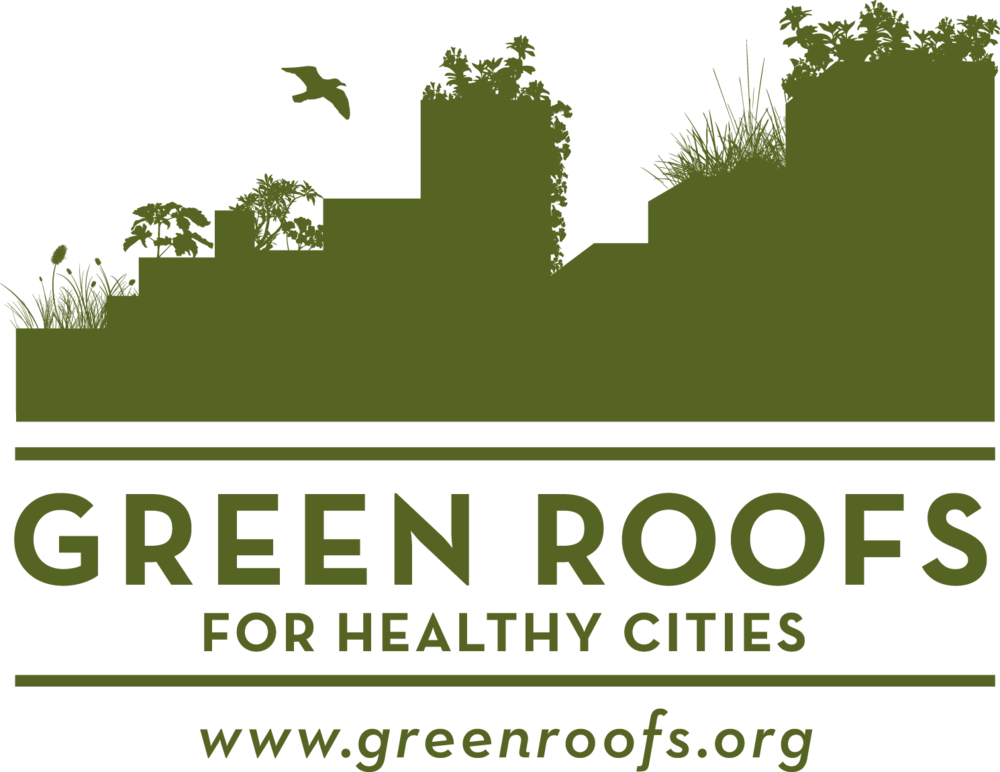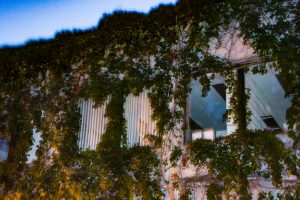 This blog is an archived post written by Sanya during her 4th year in the Environmental Politics stream.
This blog is an archived post written by Sanya during her 4th year in the Environmental Politics stream.
The Faculty of Environmental Studies has official postings which get sent out to every Environmental Studies student throughout the school year. It is vital to read each email as they contain messages from the Dean, upcoming events, University updates, and various opportunities to gain real world experience, either through volunteer or internship opportunities. Getting in the habit of organizing and keeping up to date with emails will also aid in gaining necessary skills as email communication is an important part of many jobs.
I discovered the Grey To Green Conference which addresses sustainability in cities, through these emails. I had just started becoming interested in learning about how the natural environment interacts with the built environment. My business and sustainability class had motivated me to volunteer for a “green” business.
The organizations and businesses that attended the conference were Green Infrastructure Ontario Coalition, Landscape Ontario, Unilock, hydroPAVERS® by Green Innovations Ltd plus many more. I was even fortunate enough to hear from Glen Murray, the former Minister of the Environment and Climate Change, speak about the collective future of Ontario.
But the business, whom I researched and compiled contacts into an excel document for, is Green Roofs for Healthy Cities. Through this I was able to secure a student delegate pass to the conference. 
Volunteering is another form of learning, simply outside of the classroom. (In my opinion, it is also a vital part of the economy.)
What I learned from my involvement with Green Roofs for Healthy Cities was that walls and roofs are a major part of the urban landscape. In May 2009, under the authority of Section 108 of the City of Toronto Act, the City of Toronto mandated that all new roofs of a certain size have a green roof.
Through my research for Green Roofs for Healthy Cities, I became aware of the various green walls and roofs (a part of the Leadership in Energy and Environmental Design (LEED) accreditation) that provide benefits for the York University Keele campus, beyond simply the aesthetics. At York, the Lassonde Building and the Bergeron Centre for Engineering Excellence both have green roofs. Below is the design for our New Student Centrem currently under construction, that will also have a green roof:

York's New Student Centre currently being built, which is to be LEED Silver
Some examples of environmental and health benefits of green walls + roofs are:
- They can act as Insulation: Green roofs may reduce energy costs 10-20% by keeping the floor directly below 3-4ºF cooler and reducing the need for A.C.
- Possibility for pollinator + Vegetable rooftop gardens.
- Biophilia leading to mental health wellness.
- Possible Carbon sinks.
- Heat Sinks.
- Stormwater management.
- Habitat for various city dwelling animals.

Bethune College on York's Keele Campsus. Can you spot the raccoon? Photocredits: Kirsty MacPherson
Note: Not all buildings are green wall/roof compatible. It is also important to note that some roofs in Toronto can opt. for alternative roof surfaces that achieve similar levels of performance to green roofs. To learn more, there are various classes in Environmental Studies that cover energy efficiency and sustainability in cities and students can even get a reduced price to obtain the LEED certificate.

